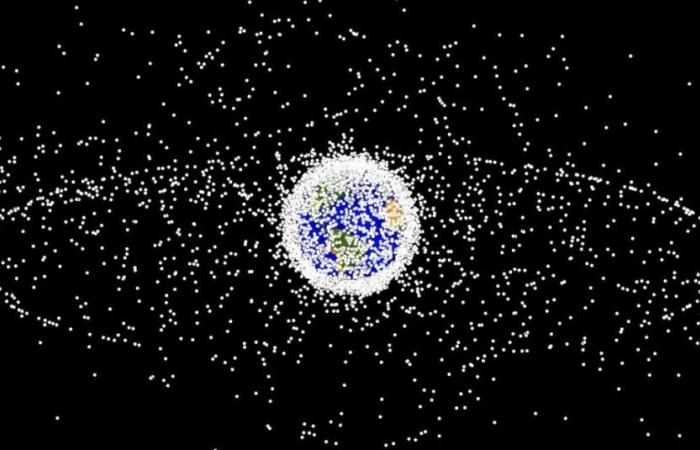The movie Gravitystarring Sandra Bullock and George Clooney, features a space mission that goes wrong, leaving the characters trapped in space after their shuttle is destroyed by debris. Although dramatic, this scenario is inspired by a real risk: Kessler syndrome.
This phenomenon, imagined by scientists Donald Kessler and Burton Cour-Palais in 1978, occurs when the accumulation of satellites and debris in orbit around the Earth increases the risk of collision. Each collision generates more debris, causing a chain reaction that could render Earth’s orbit unusable.
Currently, more than 10,000 satellites are in orbit, accompanied by trillions of pieces of old satellites. Scientists estimate that we could already have reached “critical mass” in low orbit, between 900 and 1,000 km altitude. Incidents, such as the collision between a disabled Russian satellite and an American satellite in 2009, show that this threat is very real.
Dramatic consequences
If Kessler syndrome gets out of control, it could have dramatic consequences. Destroyed satellites would cause internet, GPS and even weather forecast outages. Television and telephone communications would also be affected, with repercussions on essential sectors such as agriculture, transport and defense.
To avoid this scenario, solutions are being considered, such as recycling space debris to reuse it in other missions or deorbiting this waste to burn it in the atmosphere. The European Space Agency aims to become “debris neutral” by 2030, with a goal of reusing parts by 2050.






